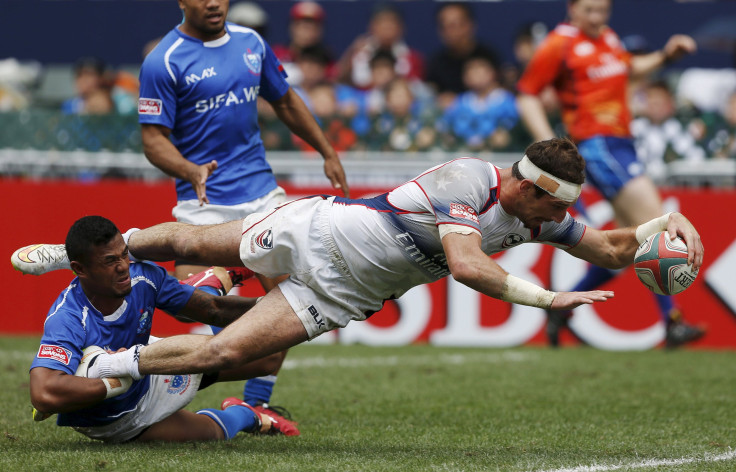Rugby Legend Peter Sterling To Donate Brain To Help Research On Concussion
Rugby Legend Peter Sterling To Donate Brain To Science After Australia Loses 2 Players
Peter Sterling, the rugby league legend has given consent for his brain to be used for medical science after a degenerative brain disease was found in two former Australian National Rugby League (NRL) players. Experts believe the brain disease is ‘linked’ to repeated concussions in the sport.
Rugby league is very popular in Australia and Pacific Island nations, as well as in New Zealand, the United Kingdom and France. According to the latest ground breaking study, frequent high force tackling of players and head impact during tackling is common in this sport. It reveals that the rate of concussions in professional rugby league is estimated at 8.92 per 1000 match hours (about one concussion every 3.35 games) but may be significantly higher in youth rugby league.
Sterling told Macquarie Sports Radio that he wanted to donate his brain to help the future NRL players. “This has been an ongoing concern as we learn more in the future. I have said yes to donating my brain to science in the future and I believe it is going to help players in the years to come," he said.
A team of researchers and clinicians from the Royal Prince Alfred Hospital, NSW Health and University of Sydney’s Brain and Mind Centre made this discovery.
Researchers, according to Sport 24, said the two players, both played more than 150 National Rugby League (NRL) games, had chronic traumatic encephalopathy (CTE), a disease that has gained high profile in the United States. This has been widely diagnosed in former rugby league players as well. The study revealed that the condition, also known as ‘punch drunk syndrome’, occurred when repeated brain trauman led to a long-term decline in cognitive function. Besides rugby, this degenerative brain disease has been found in former players of ice hockey, soccer, and American football.
Associate Professor Michael Buckland, the lead author of the study, said they noted ‘distinctive and definitive’ changes in the two brains. Buckland said over the last decade, he has examined about a thousand brains, but has ‘never seen this sort of pathology’ in any other case.
“The fact that we have now seen these changes in former rugby league players indicates that they, and likely other Australian collision sport players, are not immune to CTE," Buckland explained, adding the disease can ‘only’ be diagnosed confidently by examination of the brain after death. He said the only known risk factor for CTE is repeated concussions and blows.

Meanwhile, Dr Christopher Nowinski, the head of Concussion Legacy Foundation in Boston described the Australian research as ‘a groundbreaking discovery’. Nowinski said he hoped the proof of CTE inspires the Australian scientific community to mobilize resources in the fight against CTE.
© Copyright IBTimes 2024. All rights reserved.





















